Pigs
Schothorst Feed Research conducts nutrition research with gestation and lactating sows, piglets and fattening pigs.
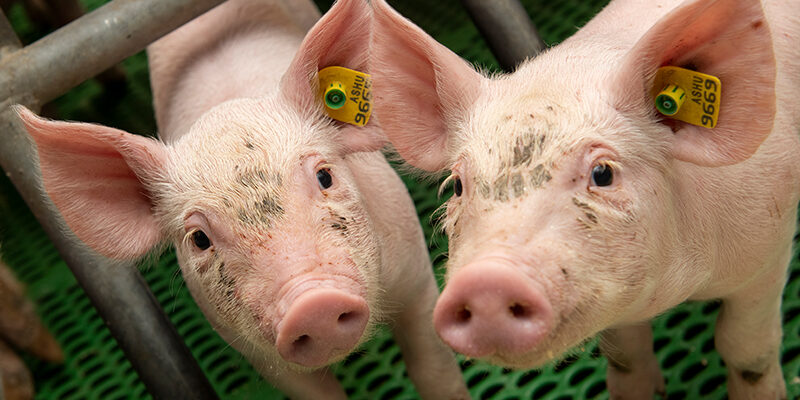
Carrying sows
SFR has about 380 sows (Topigs) in its practical shed. Different types of research questions can be conducted here. (product comparison, dose-response studies, registration, and tolerance studies always (in line with EU directives) and digestion studies). The study can be conducted at all stages of the reproductive cycle: gestation, lactation and the period between weaning and oestrus. Sows were managed in 2 dynamic groups of and fed individually in feeding stations.
Lactating sows
SFR has had free-range farrowing pens since 2022. There are pens with a balance floor to meet the new EU directives around animal welfare. Sows are fed individually, and different characteristics are monitored, for example: lard and muscle deposition, feed intake of sows and piglets. Different samples can also be collected, such as milk, saliva, or manure.
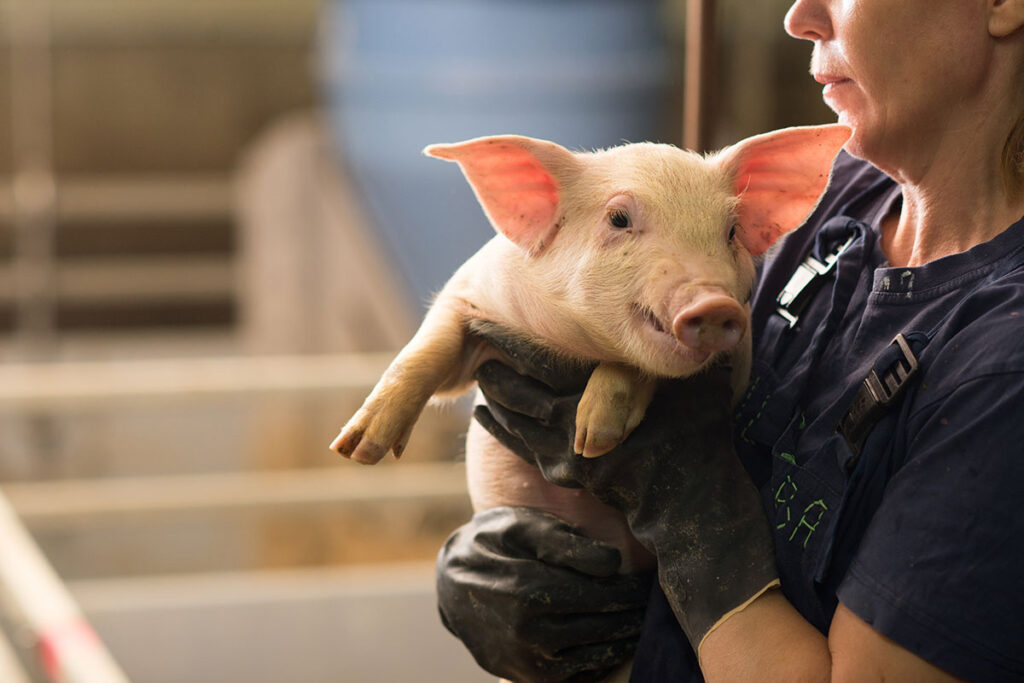
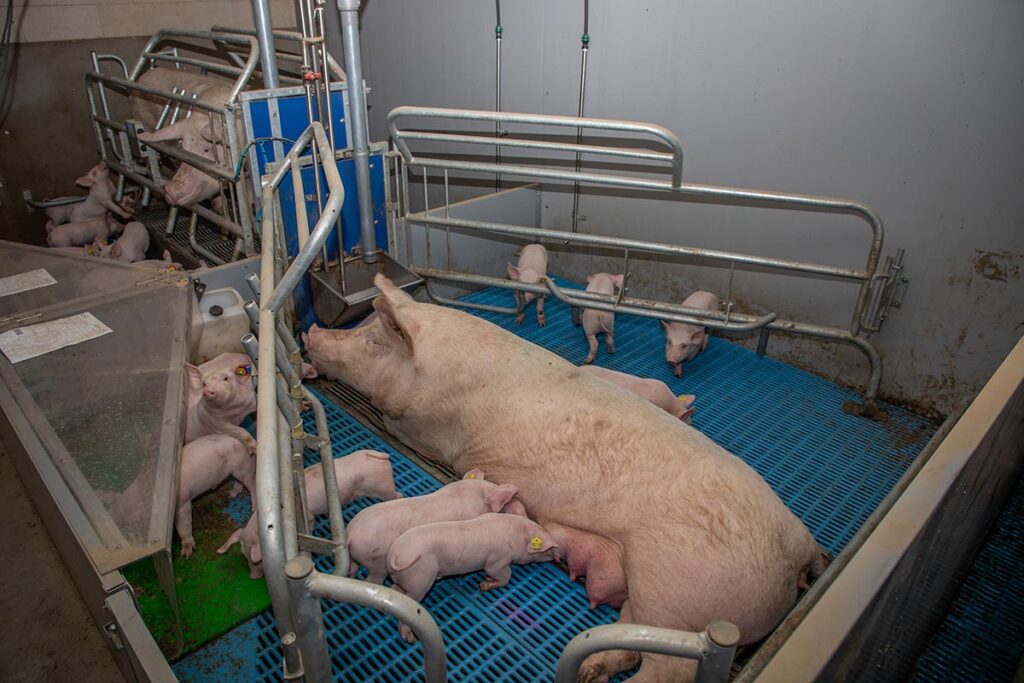
Weaned piglets
For research with weaned piglets, SFR has several facilities at its disposal. For example, we have 20 departments with 10 pens. Around 6 piglets can be housed in each pen. SFR also has facilities where 14 piglets can be housed. All piglets are weaned around 30 days and have a long start. We also have special research departments. These specialised departments consist of 56 IVOG stations, where the individual feed intake of the pigs is measured. This allows the effect of feed, sex, and breed to be studied at the individual level in a fully automated way.
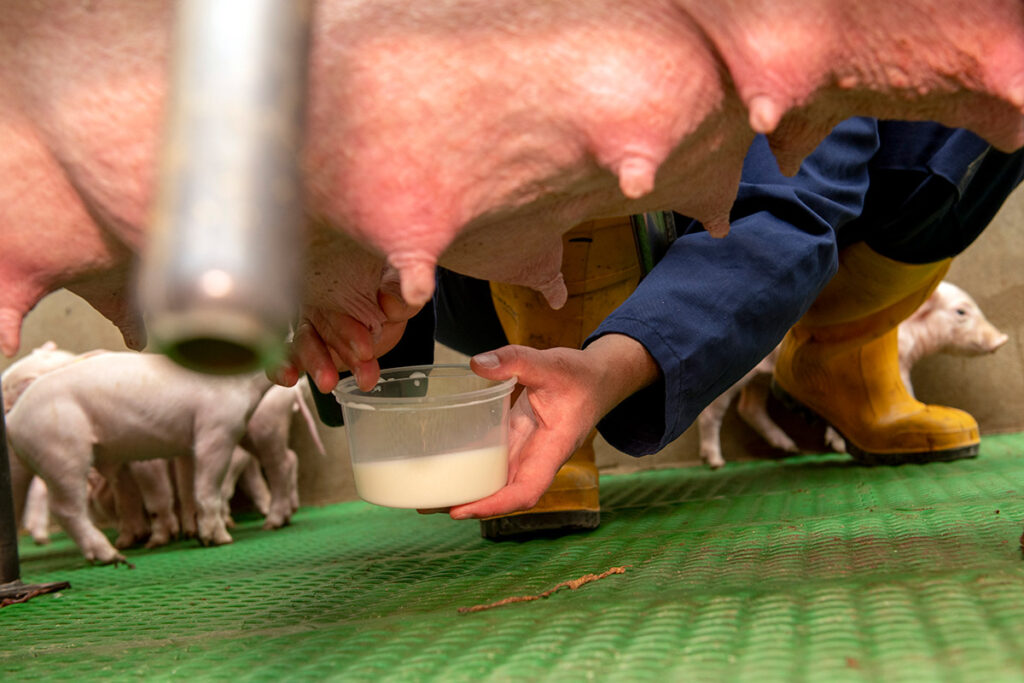
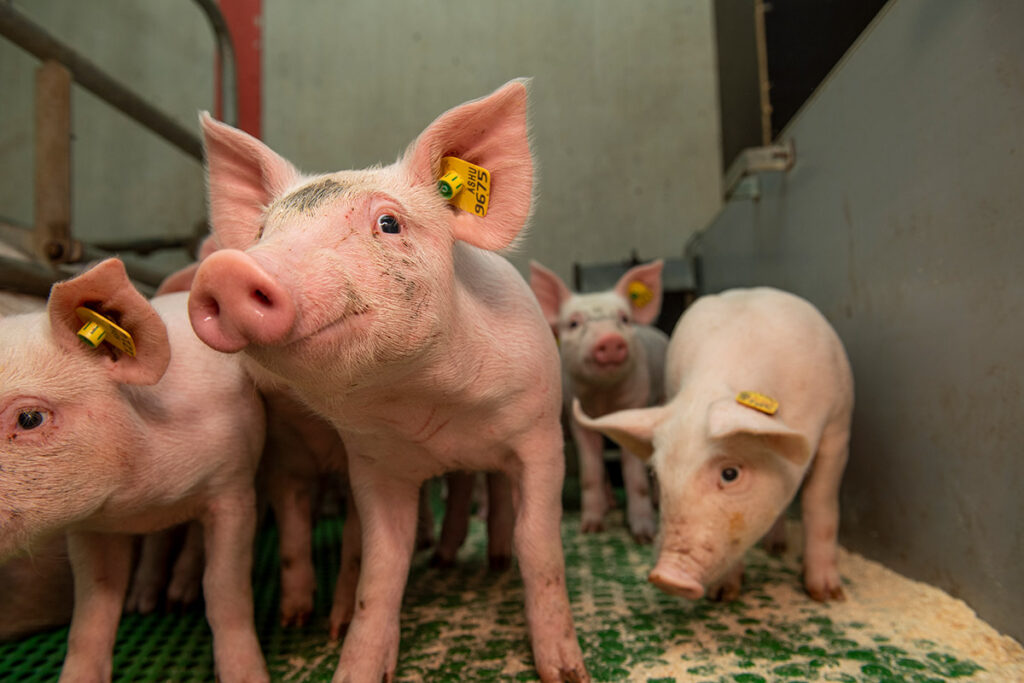
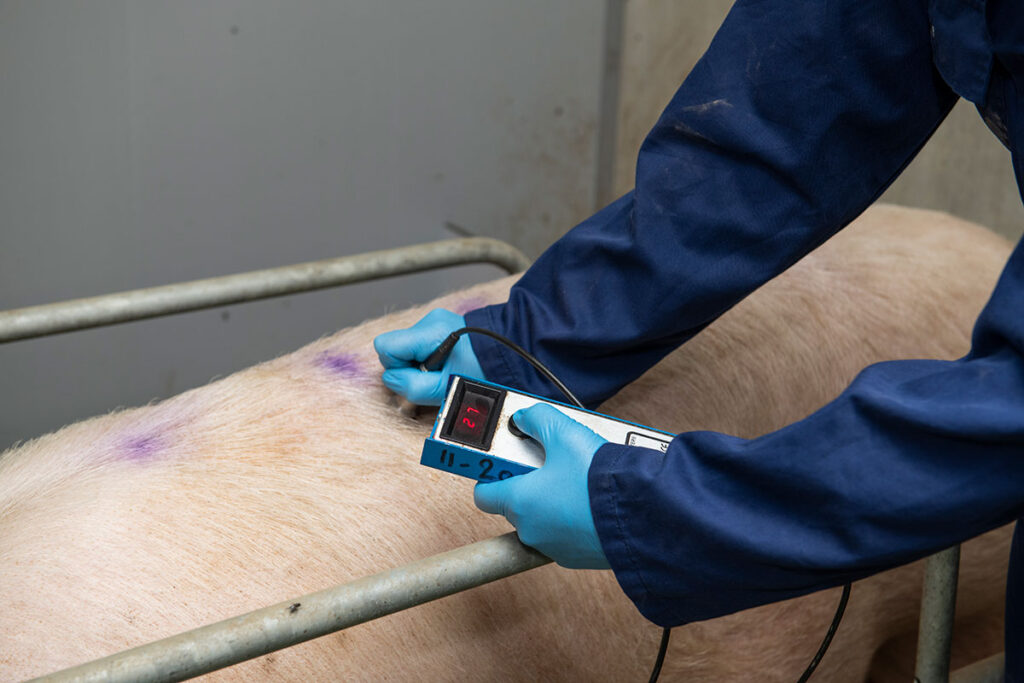
Growing-finishing pigs
Every year, SFR delivers about 9,000 growing-finishing pigs from its farm. The pigs are housed in our practical and small-scale stables. The practical barns consist of accommodation with 8 to 15 animals per section. The specialised departments consist of 56 IVOG stations, where the individual feed intake of the pigs is measured. This allows the effect of feed, sex, and breed to be studied at individual level.

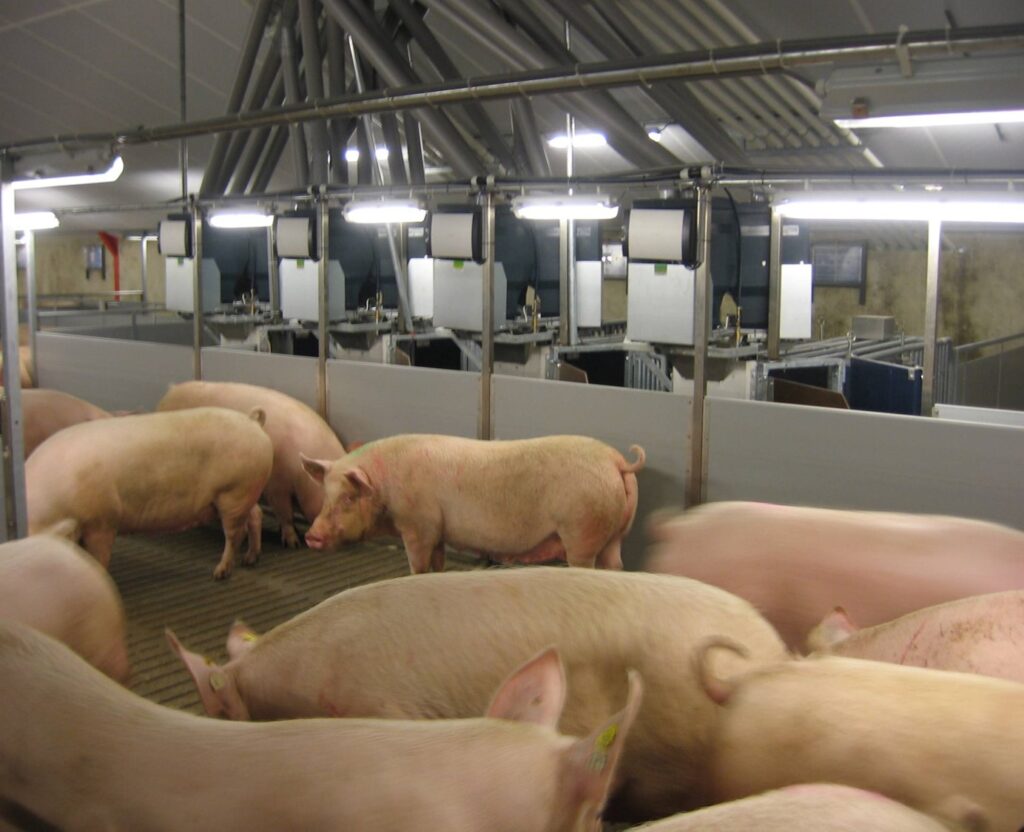
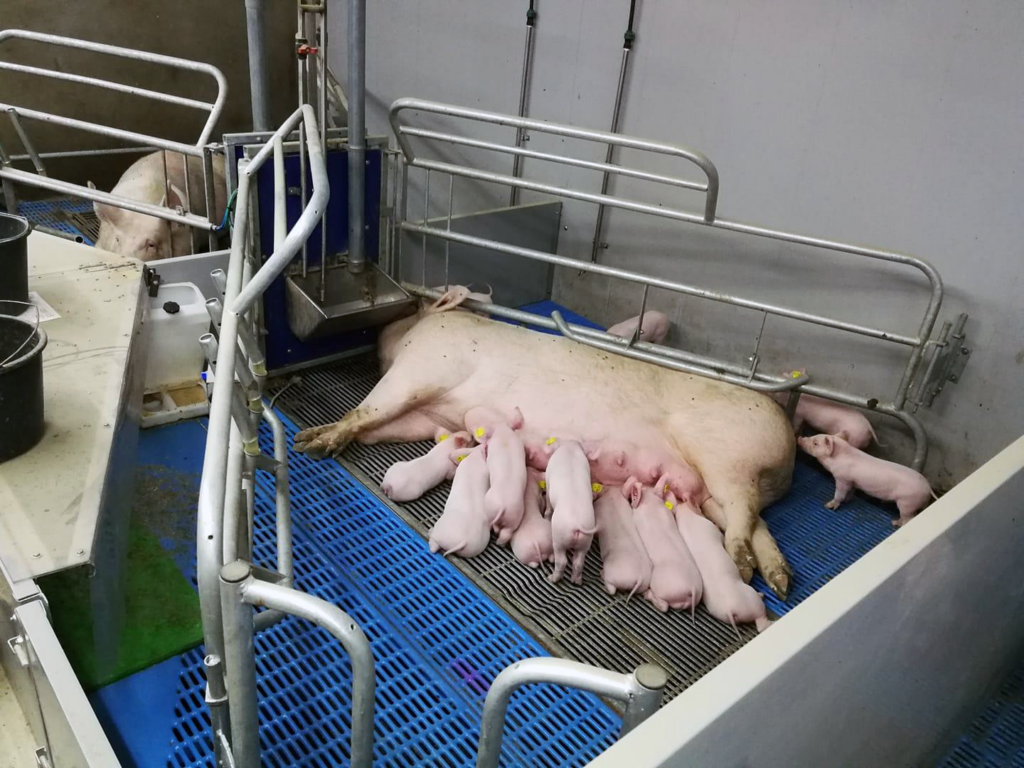
Lab Stables
SFR has 2 lab stables for specific research purposes such as digestion, challenge, or emission measurements. Animals can be housed individually or in groups to perform accurate measurements and monitoring. Tests can be conducted through drinking water or feed.